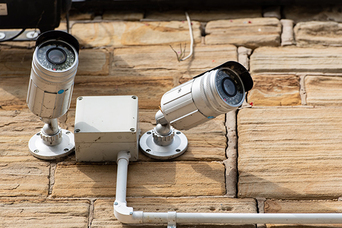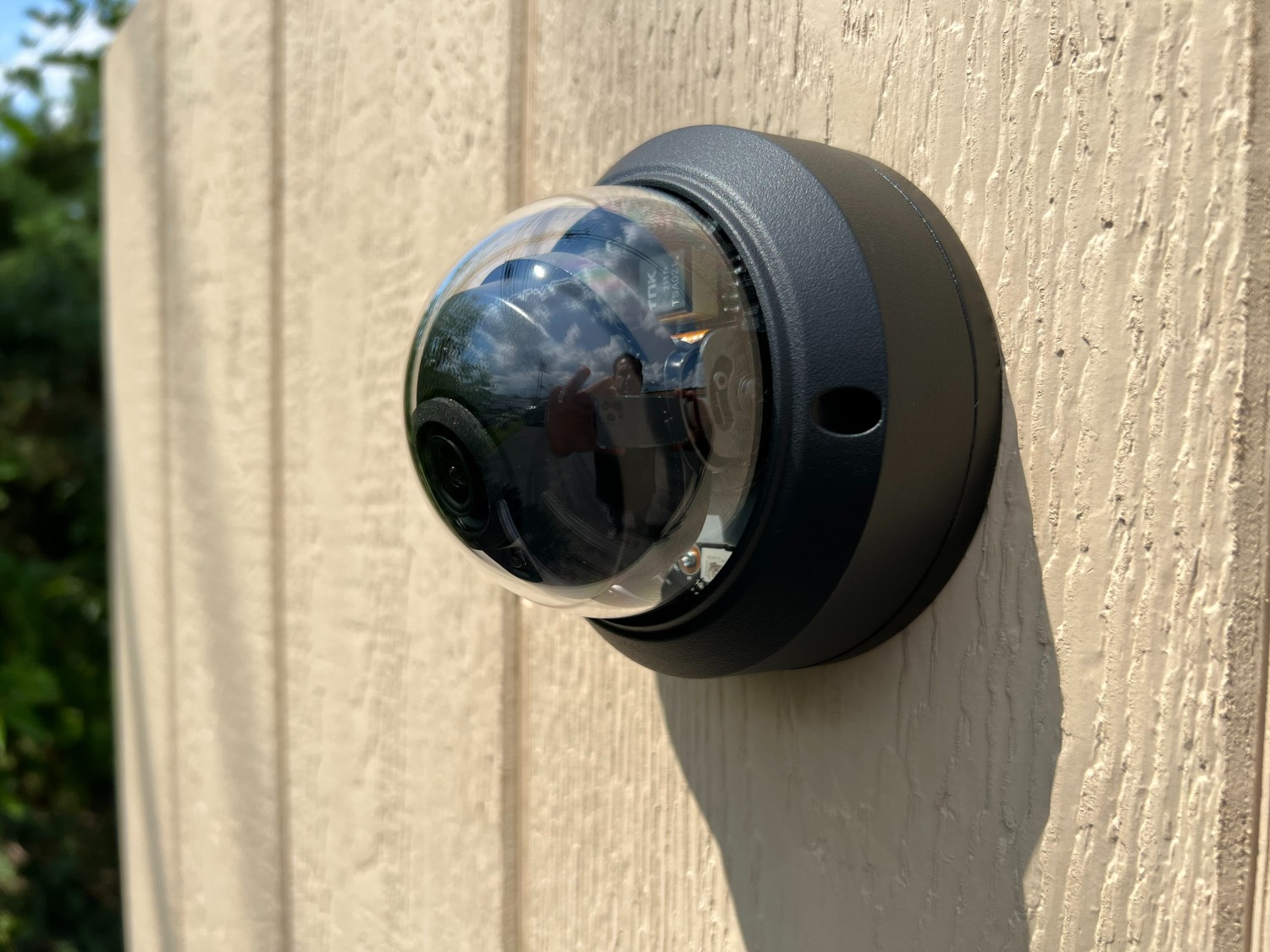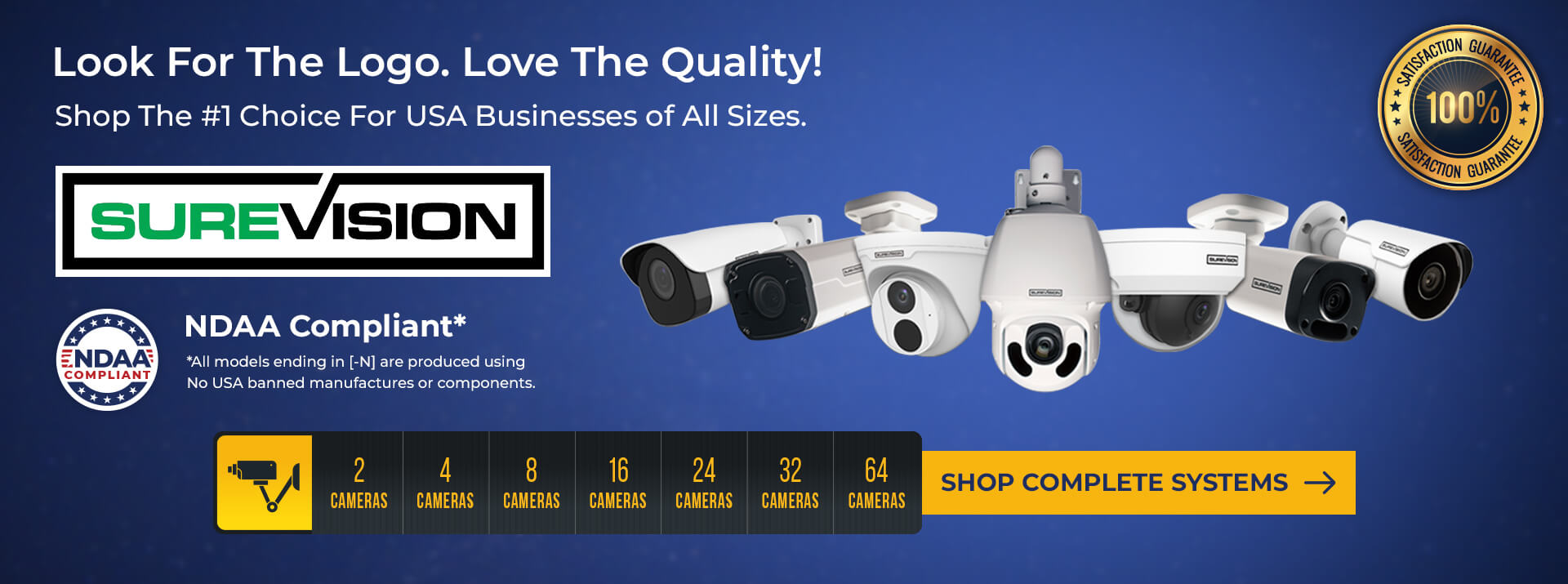How to Set Up a Comprehensive Security Camera Monitoring System
Posted by Gregory DeRouanna on Jul 16, 2018

A security camera system is a critical tool for businesses and property owners to deter crime and other nefarious activity. But CCTV camera systems must be set up for comprehensive coverage and be set up for remote security monitoring in order to be effective.
These steps can help you select and install the best security camera monitoring system to keep your property safe.
Identify Your Security Needs
The first step to a cctv monitoring system is determining which areas of your property are in need of security camera converge. If you’re operating a business, that likely includes your entrances, points-of-sale, safe, stockroom, areas with computers, and more. But many of the same principles can be used to effectively secure a residential home or even larger complexes like apartment buildings and university campuses. These should be some of your primary considerations for remote security monitoring:
- Whether Surveillance is needed on a schedule, or 24/7
- Coverage of entry and exit points
- Coverage of poorly-lit areas on the premises
- Possible theft both internal and external
- The necessity of remote viewing
- The location of valuable items
- The location of valuable intellectual property
Understanding your security needs and risks will help you design a security camera monitoring system that best protects your property. See our complete guide on choosing the right system.
Understand Basic Security Camera Capabilities
Before you set up a CCTV monitoring system, understand the capabilities of the security cameras you choose. Consider factors like the camera lens size, the viewing angle, the storage capacity provided with the recorder, night vision capabilities, vandal-proof or weatherproof capabilities, video resolution, and ease of installation and use.
A working knowledge of the capabilities of each security camera in your monitoring system can help you choose the cameras best suited for each location. For example, a wide-angle camera may be able to cover space that would otherwise take two cameras to see. A night vision camera with infrared illuminators is best for outdoors or areas without 24/7 ambient light. Vandal-proofing is important for cameras within reach of the ground, and high-resolution cameras are excellent for CCTV monitoring systems that can capture details like faces and license plates at far distances.
Remote Security Monitoring

Remote viewing via smartphones, tablets, and computers from anywhere is one of the key features making modern security camera monitoring systems effective for small to medium sized businesses and property owners. The ability to monitor the live video feed or see recorded footage from your security cameras through your smartphone is a tremendously valuable and convenient asset.
You should never pay a monthly fee for this! These advanced capabilities are available at no monthly cost from CCTV Security Pros, and all surveillance systems we carry come with this feature.
Camera Surveillance Technology
There are three main technologies that security camera monitoring systems operate over. Analog and HD-CVI both operate over coax cable, and the newest IP network cameras operate over Ethernet cable.
HD and IP cameras provide a much high-resolution, up to 1080p, and even ultra-HD 4K that delivers enhanced image clarity and video footage. This makes it possible to zoom in digitally while still retaining the level of quality needed to identify subjects and details like license plates.
Determine Appropriate Camera Placement
Before you can install your security camera monitoring system, take your time figuring out the best location to place your cameras for the best coverage. Most businesses and homeowners will install cameras in these locations:
- Entrances & exits
- Points of sale (cash registers)
- Safes
- Stockrooms
- Any area with computers
- Parking lots & vehicle access areas
- Reception areas
- Sales floors
- Production lines
- Loading docks
The right camera placement plays a huge role in how effective your security camera system will be. Many businesses rightly choose to cover every square foot of publicly-accessible space in their building. A capable CCTV monitoring system with comprehensive coverage like this can be a tremendous asset.
Setting up Your Security Camera Monitoring System
Setting up a camera system yourself can save you thousands of dollars in installation costs. Ordering with CCTV Security Pros means plug & play simple systems and a dedicated team that can walk you through the installation. But if you don’t feel comfortable installing it yourself, just about any handyman can help.
- Mount Your Security Cameras - You’ll start by attaching cameras to walls and ceilings using mounting equipment. Consider the viewing angle and effective resolution of each camera in your CCTV monitoring system to prevent blind spots.
- Connect Your Cameras to a Recorder - Run the appropriate cable from your camera to the Digital Video Recorder (DVR) or Network Video Recorder (NVR) that will keep the footage. Analog and HD-CVI cameras will also need to connect to a power source, while IP cameras can get their power from the same Ethernet cable as their video.
- Configure Your Recorder & System - If you’ve chosen a CCTV Security Pros system, see our Tech & Setup page for detailed support.
- Set up Remote Security Monitoring - Pairing your smartphone, tablet, and computer with your cameras will let you view them from anywhere. This can be as simple as downloading the CCTV Security Pros App and scanning a QR code on each camera.
Call CCTV Security Pros
Find more detailed support at our learning center, or by calling 888.653.2288 to talk with an expert. Get free support setting up a comprehensive security camera monitoring system step by step from security professionals in the USA.
888.653.2288
| Call CCTV Security Pros |
9 A.M. - 6 P.M. EST





